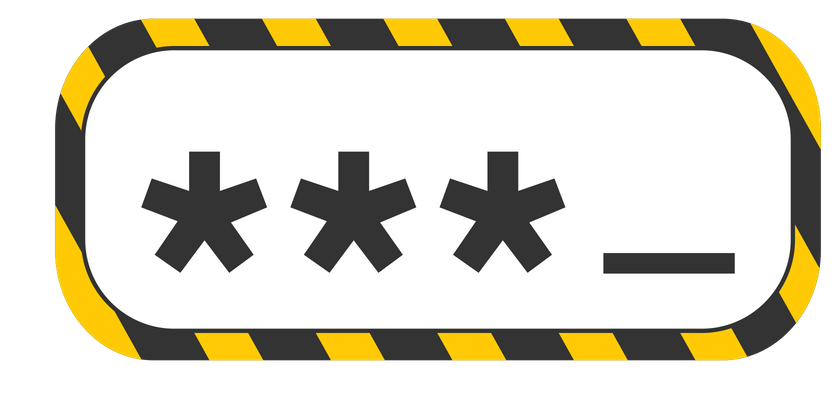I’m looking for information about
Can’t find what you’re looking for? You may need to login to see more documents
Filter by
Search results:
G
Guidelines
Suggested parameters and sets of instructions outlining best practices and standards for accomplishing specific animal care and use research duties.
Suggested parameters and sets of instructions outlining best practices and standards for accomplishing specific animal care and use research duties.
G
Guidelines
Suggested parameters and sets of instructions outlining best practices and standards for accomplishing specific animal care and use research duties.
Suggested parameters and sets of instructions outlining best practices and standards for accomplishing specific animal care and use research duties.
G
Guidelines
Suggested parameters and sets of instructions outlining best practices and standards for accomplishing specific animal care and use research duties.
Suggested parameters and sets of instructions outlining best practices and standards for accomplishing specific animal care and use research duties.
G
Guidelines
Suggested parameters and sets of instructions outlining best practices and standards for accomplishing specific animal care and use research duties.
Suggested parameters and sets of instructions outlining best practices and standards for accomplishing specific animal care and use research duties.
G
Guidelines
Suggested parameters and sets of instructions outlining best practices and standards for accomplishing specific animal care and use research duties.
Suggested parameters and sets of instructions outlining best practices and standards for accomplishing specific animal care and use research duties.
G
Guidelines
Suggested parameters and sets of instructions outlining best practices and standards for accomplishing specific animal care and use research duties.
Suggested parameters and sets of instructions outlining best practices and standards for accomplishing specific animal care and use research duties.
S
SOPs
Standard Operating Procedures (SOPs) are step-by-step, detailed descriptions of how specific animal care and use procedures are performed.
Standard Operating Procedures (SOPs) are step-by-step, detailed descriptions of how specific animal care and use procedures are performed.
P
Policies
High-level program plans that outline the general goals and acceptable procedures for a department.
High-level program plans that outline the general goals and acceptable procedures for a department.
You may need to login to view the page you requested.
If you are logged in and still cannot access this content, or if you believe that you have received this message in error, please contact [email protected] to validate your user permissions.


